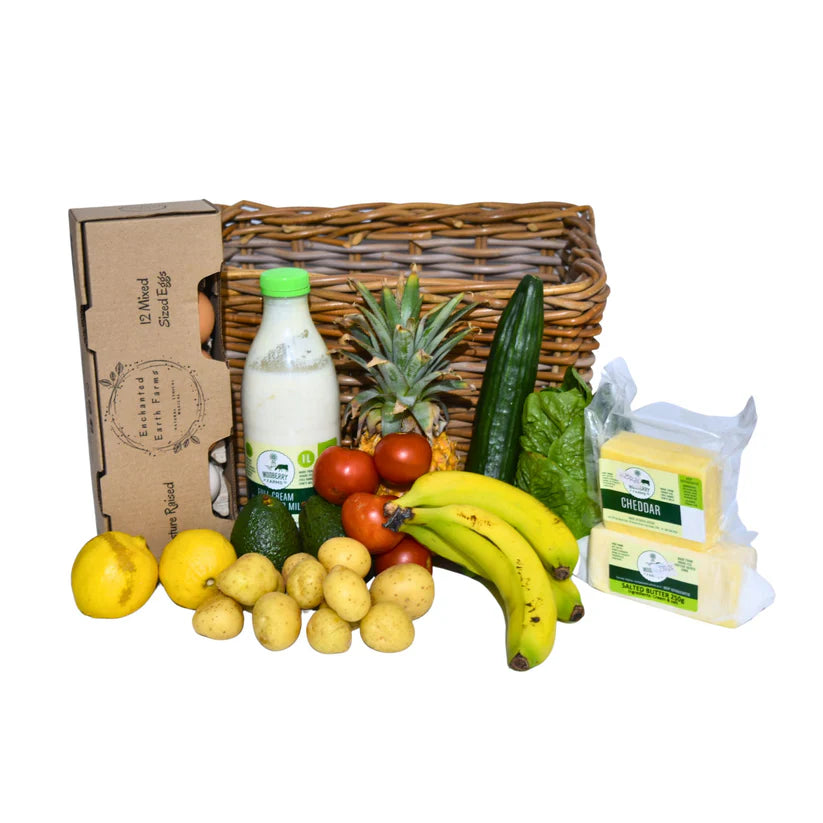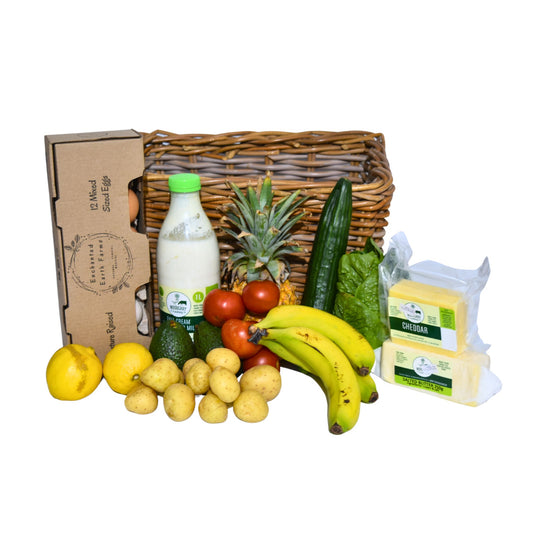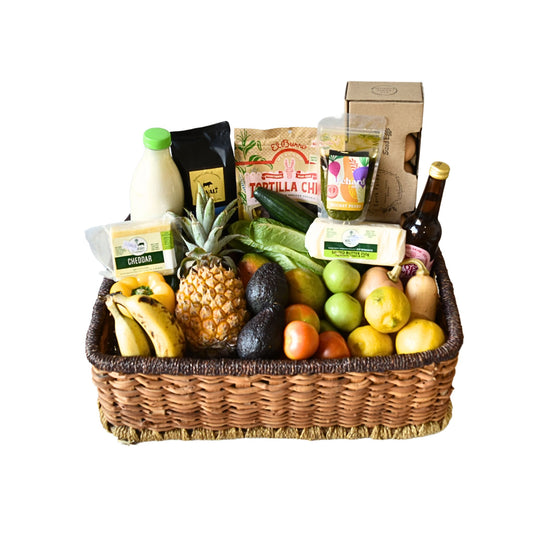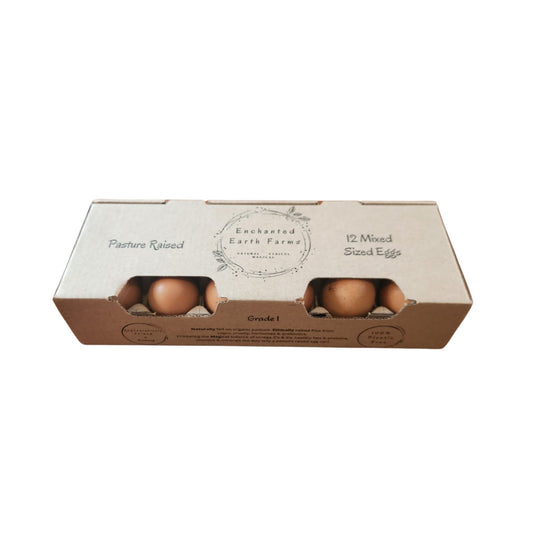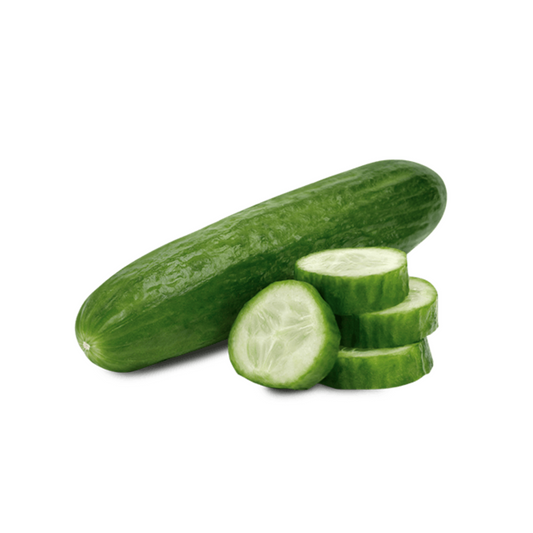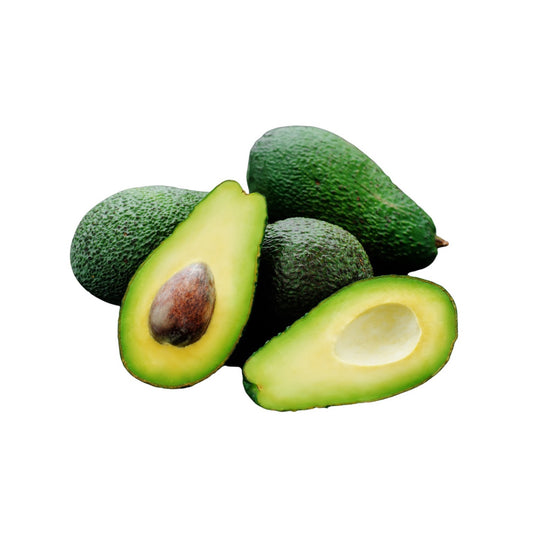Article Summary:
-
Baking sourdough is simple once your starter is active and bubbly.
-
Organic flour, patience, and proper fermentation are key to great flavour.
-
This step-by-step guide helps you bake wholesome, naturally leavened bread.
From starter to slice
You’ve nurtured your organic sourdough starter—it’s alive, bubbly, and ready to bake. Now comes the best part: turning it into your first loaf. Sourdough baking might feel intimidating at first, but it’s actually one of the most natural and rewarding ways to make bread. With just a few organic ingredients, some patience, and a little rhythm, you can create a loaf that’s crusty on the outside, soft on the inside, and rich with real, living flavour.
Step 1: Gather your ingredients
For one medium loaf, you’ll need:
-
500 g organic bread flour (or a mix of white and whole wheat)
-
350 ml filtered water
-
100 g active sourdough starter (fed and bubbly)
-
10 g unrefined sea salt
Make sure your ingredients are organic—your flour, in particular. It’s the heart of your bread, and its quality determines the texture and flavour of your loaf.
Step 2: Mix and autolyse
In a large bowl, mix the flour and water until no dry spots remain. Cover and let it rest for 30–60 minutes. This process, called autolysis, allows the flour to hydrate fully and begin forming gluten naturally. It also improves the flavour and elasticity of your dough—without any kneading yet.
Step 3: Add starter and salt
After the rest, add your sourdough starter and salt to the bowl. Wet your hands and mix gently by squeezing and folding the dough until everything is evenly incorporated. Don’t worry if it feels sticky—that’s normal. Cover the bowl again and let it rest for 30 minutes before moving on to stretching and folding.
Step 4: Stretch and fold (the magic step)
Every 30 minutes for the next 2 hours, perform a stretch and fold: grab one side of the dough, stretch it upward, and fold it back over itself. Rotate the bowl and repeat 4 times per session. This builds structure and traps air bubbles without aggressive kneading. After the final fold, cover and let the dough rise at room temperature for 3–5 hours, until it’s puffy and has grown by about 50%.
Step 5: Shape and proof
Lightly flour your work surface and shape the dough into a round or oval loaf. Place it seam-side up in a floured proofing basket or bowl lined with a cloth. Cover and refrigerate overnight (8–12 hours). This slow fermentation deepens the flavour and improves digestibility—a hallmark of organic sourdough.
Step 6: Bake with steam
The next morning, preheat your oven to 230°C with a cast iron pot or Dutch oven inside. When hot, gently place your dough in, score the top with a sharp knife, cover, and bake for 25 minutes. Remove the lid and bake for another 20 minutes until deep golden brown. Listen for the crackling sound as it cools—that’s the music of good bread.
Step 7: Cool, slice, and enjoy
Let your loaf cool for at least an hour before slicing. This helps the interior set properly and preserves its moisture. The result? A beautifully tangy, airy loaf that’s 100% natural—no commercial yeast, no preservatives, just organic ingredients and time.
Real bread, real satisfaction
Baking organic sourdough is about more than bread—it’s about reconnecting with the process of food. Each loaf is a reflection of patience, simplicity, and the life within your ingredients. Once you’ve baked your first loaf, you’ll never look at store-bought bread the same way again. At Orchard Food, we believe the best things in life take time—and a warm loaf of organic sourdough proves it.


